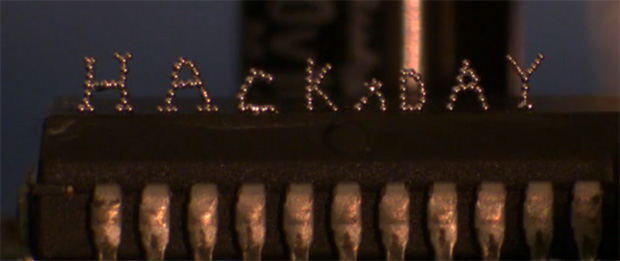Antennas can range from a few squiggles on a PCB to a gigantic Yagi on a tower. The basic laws of physics must be obeyed, though, and whatever form the antenna takes it all boils down to a conductor whose length resonates at a specific frequency. What works at one frequency is suboptimal at another, so an adjustable antenna would be a key component of a multi-band device. And a shape-shifting liquid metal antenna is just plain cool.
The first thing that pops into our head when we think of liquid metal is a silvery blob of mercury skittering inside the glass vial salvaged out of an old thermostat. The second image is a stern talking-to by the local HazMat team, so it’s probably best that North Carolina State University researchers [Michael Dickey] and [Jacob Adams] opted for gallium alloys for their experiments. Liquid at room temperature, these alloys have the useful property of oxidizing on contact with air and forming a skin. This allows the researchers to essentially extrude a conductor of any shape. What’s more, they can electrically manipulate the oxidative state of the metal and thereby the surface tension, allowing the conductor to change length on command. Bingo – an adjustable length antenna.
Radio frequency circuits aren’t the only application for gallium alloys. We’ve already seen liquid metal 3D printing with them. But we need to be careful, since controlling the surface tension of liquid metals might also bring us one step closer to this.













